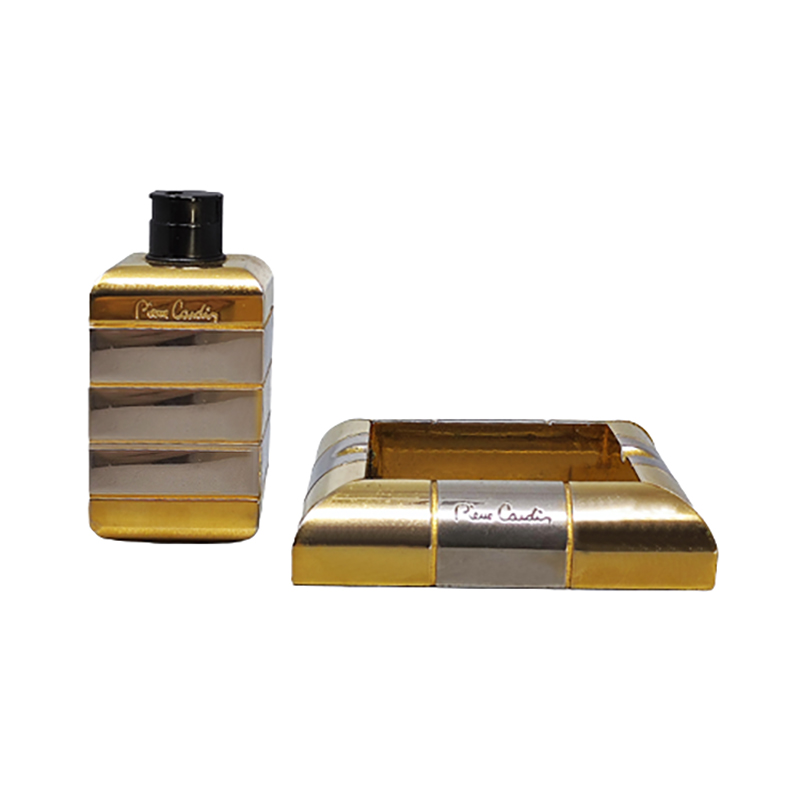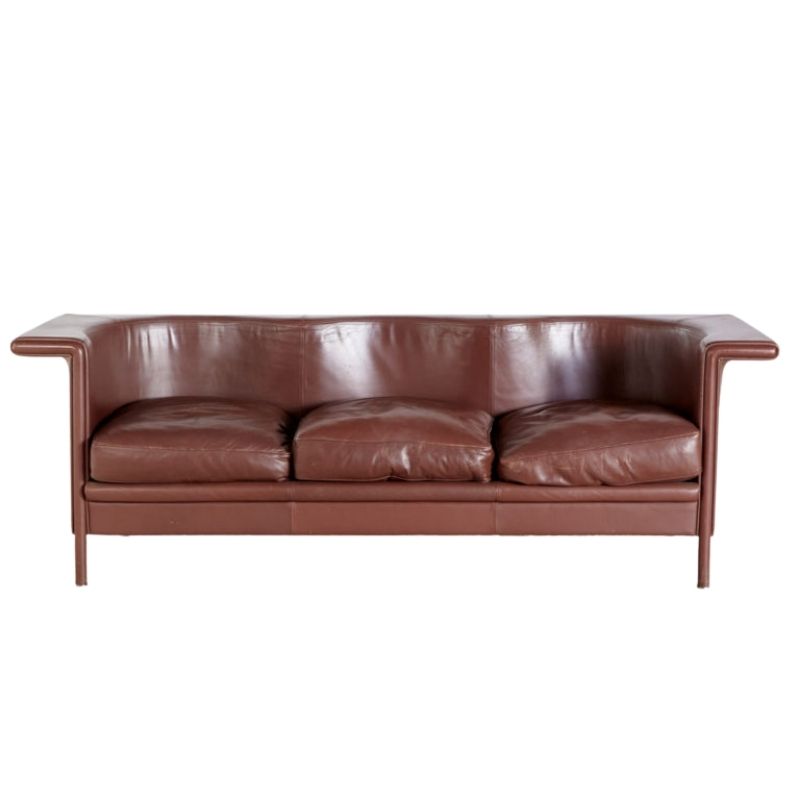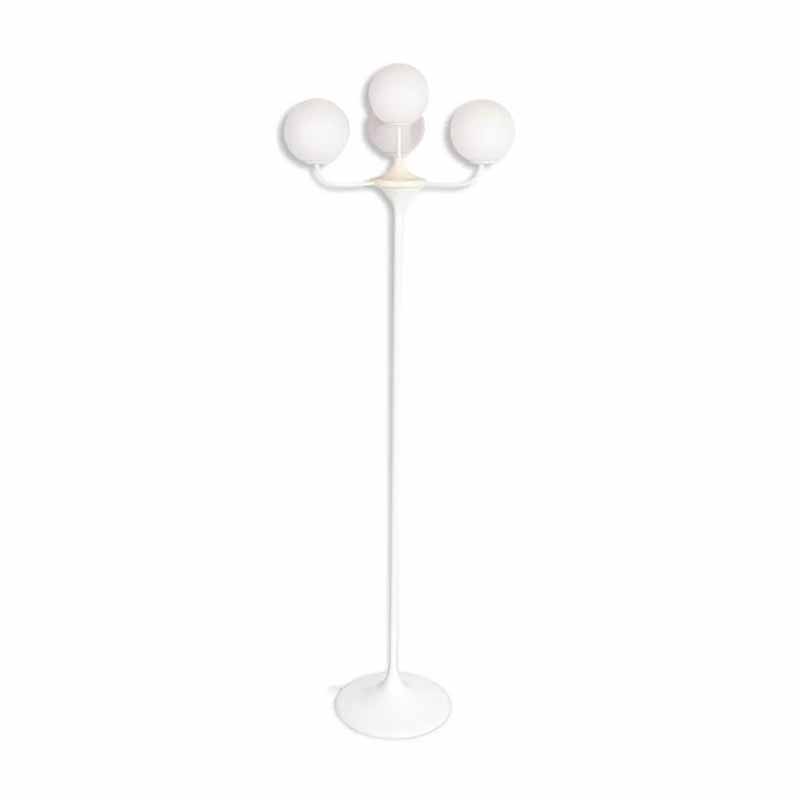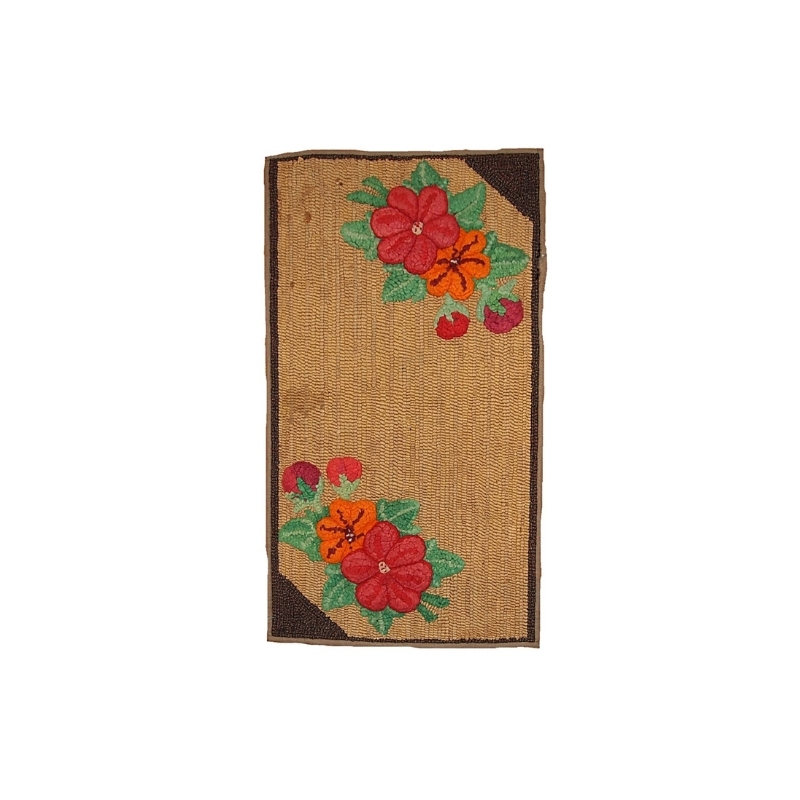Help required please.
I have a three door burl sideboard in my warehouse, its cold and damp and one of the sideboard doors has become slightly warped.
My plan is to take the door off and clamp it flat and then put a damp towel on the unvarnished side and hope it flattens out.
A few questions ....
Should I maybe introduce some heat or steam to the underside or might this damage the varnished / polished front.
Is there another method besides clamping and adding moisture ?
Would it help to put the door somewhere warm like the hot press ?
If Mark reads this.....what should I wear while tackling this task ?
Any ideas ...tips ?
Thanks in advance.
Killian.
Depends on the material
and in which dimension it has either swollen or shrunken (I suspect the former).
If it's a composite panel like chip board or what we call particle board and it has swelled, you may be stuck. Plywood and solid wod respond better to selective drying.
Maybe post a pick of the door showing the warpage?
Selective drying
Since the front warped from ambient humidity, I'd be more inclined to take tktoo's advice and selectively dry the front. And slowly. Maybe setup a place where you can clamp it flat underneath a light bulb to provide a bit of warmth. And I wouldn't clamp it all the way flat at once. Moisture changes in wood need to be slow. Tighten the clamps down bit by bit, and move it around. I would aim to have it flattened in a week or two. You could measure the curvature every so often unclamped to verify that the plan is working.
If it does happen to be solid wood, then I might be more inclined to consider warping the back to match, but I still think I'd go for reversing what has happened instead of introduce more change.
But I've never done exactly this sort of thing before, so I am not speaking from direct experience.
Umm
clearly not, Leif. But thanks for the enthusiastic response, anyway !
I don't think it's possible to give meaningful advice until we know exactly what has happened, to what kind of material.
The words "bow," "cup," and "twist" have defined meanings; "warp" is a catch-all word for the group of maladies.
The poster writes about the "varnished [and] unvarnished" sides of the door. This should raise a red flag immediately -- if it accurately describes the situation. No panel, especially a door, should be treated to a different state of finish on its two faces: this would invite cupping in short order -- in my experience.
In general, an unfinished surface almost always bows to a convex shape if the opposite face is prevented from taking up moisture -- as with a finish, for instance. So, applying extra moisture to the unfinished surface would be a recipe for further warpage.
I have had much more success in keeping panels from warping, than in correcting the condition after it has occurred -- unfortunately for the poster. I'll wait until I know more before commenting further. In the meantime -- how can anyone stand the feel of leather shoes without socks ? ? ?
But we love you just the same, AM . . . !
More information
SDR: I absolutely agree about more information. I think photos and a more complete description of how long the door was exposed to moisture and what the nature of that exposure was is very much in order. And of equal importance is what the substrate is, assuming it is not solid wood.
I guess what I was trying to say, perhaps not very well, is that I would expect to correct the problem very slowly. And I would try to reverse the cause of the problem instead of applying more of the problem to even it out.
But that diagnosis and prescription could be completely negated with further information.
So... Until we get more information from the original poster....
Plywood
might be slightly less prone to cupping than either veneered MDF/particle board or a solid-wood panel. The worst thing that happens to plywood is twist, which is likely to be built in during manufacture. The problem with that is that the entire panel (and its mates) will always be twisted in the same direction, so that adjusting an entire row of cabinet doors on a frameless cabinet (for instance) is literally impossible: the upper-right and lower-left corners of each door will stand proud, while the immediately adjacent lower-right and upper-left corners are recessed. Even a 1/16" error is immediately noticeable.
Shop carefully for your materials !
Thanks for your replies....
I cant post an image till tomorrow but I will answer what I can now.
The wood appears to be a form of ply, the front is a burl veneer.
The back of the door looks to have been treated with one coat of clear varnish but the front is a much more glossy raised finish...probably a sprayed on lacquer.
Its more of a twist in the door. When I hold it up flat there is a visible arch going from one corner to the opposite corner. When the door is on the sideboard it sticks out at the bottom and is not flush with the door next to it.
Mark.... I was thinking gin and tonic on this one.
It might relax
once it's been in a stable environment for a period.
I think what you've described is the result of an unbalanced panel. The rule of thumb with any panel, but especially veneered composite panels, is whatever you do to one side you should do to the other. If the face has had a thick varnish applied and not the back, it may allow the back to absorb moisture and expand at a greater rate causing the door to warp out of plane. It sounds like the hinges restricted movement along their edge.
I wish I knew of an easy fix for this, but I don't. I've seen treatments for flattening Rennaissance panel paintings that involved placing them in sealed environments and slowly varying the relative humidity within, but these were done in laboratory settings and carefully monitored. I've also heard it recommended to simply place the panel convex side up directly on the ground on a sunny morning, but I cant imagine doing that to fine furniture, either.
Edit: I might try that with Mark on any given Sunday morning, though!
Your best bet is probably to consult a talented restorer, alas.
More questions
How long has the piece been reposing in this cold, humid place?
And how humid is it? Is it the cold general humidity of a basement? Or has it been sitting next to a tub of water?
And are there other doors or panels on this piece of furniture that are still straight and flat? If there are, figuring out why might be very helpful.
Burl veneer and humidity is a scary combination.
If this is a fairly valuable piece, I might be scared enough to go with tktoo's suggestion of a professional restorer.
I'd start drinking whisky, neat. I will go have a sympathetic tumbler full right now.
I'm about to
have a Mickeys Malt and some white-cheese popcorn. Things are a bit tight around here. Maybe if I get a bit tight, it might be alright ?
I wonder why the amount of time this furniture was exposed to dampness would make a difference ?
Sounds like we have veneer on both sides of the door (I'd be very surprised if not) so that's okay. A twist is most troublesome.
Forcing wood into the shape you want, and waiting for the wood elves to wave their wand and make it permanent, is not likely to lead anywhere -- in my experience. If the job were mine, I'd probably sacrifice the present rear face, saw a series of deep kerfs (almost) edge to edge, clamp the door into the desired shape (i.e, flat) and apply a new veneer over the cuts. I've even glued strips of wood into the slots, to further strengthen and stabilize the panel -- after clamping and before veneering.
It's odd that only one door has warped. Perhaps it was left open, when the others were not ? Something must account for the difference.
An author styled as the "Antique Doctor" (or some such) had a little book with recipes and remedies. He counseled putting a concave table top (of solid wood) face down on a clean lawn -- the idea being that the top would absorb moisture from the grass and earth, I guess. Freezing the new shape isn't addressed . . .
I has some luck with oak-veneered MDF sheets in the shop: I placed a concave panel face down on what I hoped was a slightly humid concrete floor overnight. It took most of the bow out of the panel -- permanently. Whew !
I've already mentioned the checkerboard-veneered door that came out like a potato chip -- because the rear was veneered conventionally. The face had veneers alternating north-south and east-west in grain direction -- six or eight squares to the panel. Grain direction on veneered opposite faces is vital. Perhaps the burl-veneered sideboard door wanted burl on the reverse as well ? I haven't had that condition present any problem in the past . . .
If you need any help, please contact us at – info@designaddict.com









